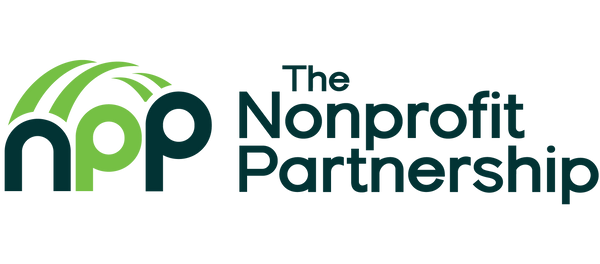
It’s ok. No one is going to shoot darts at your leadership team because you and your board have been asleep at the wheel when it comes to racial equity and diversifying your staff and board membership.
As Maya Angelou said, “When you know better, do better.” The time has come. You now know better. We’ve told you. There have been numerous workshops, talks, discussions, and webinars on this subject. I’ve done a few myself. In fact, I have a new eBook on this very subject. Check my website to get some insight.
But in this quick blog, I am dropping some 411 on six ways nonprofit leaders can support their boards on the journey of doing the right thing and including the rest of us in leadership and board service.
1. Take control. A nonprofit’s CEO/executive director should be proactive and make the first call to meet with its board chair or governance chair. An invitation to be collaborative could be the catalyst to get the board moving. This is an important assignment for the board and the staff. They should offer to create a diversity, equity, and inclusion (DEI) committee or task force made up of key staff and board members. Together, they can work to identify external resources, to help them to unpack, and sort through the steps on the long journey towards race equity and inclusion.
2. Look inward. Invite staff and the board to commit to self-reflection to interrupt personal biases and to own and change mindsets and behaviors that have contributed to racism and exclusionary practices. There are a myriad of online resources: books, webinars, TED conferences, and articles that can guide them in this personal work. It will be uncomfortable for some, but remember the elephant is in the room and he is stomping his feet and shaking the walls. But there will be survivors!
3. Seek help. As much as we believe we can do all things, DEI work is not easy. There’s a plethora of DEI consultants who can support you. This will require considerable time and financial investment. This is not the place to skim. Expect training and exploratory work to last anywhere from three months to a year and application to continue up to seven to ten years. Get your coins ready—this could be a $10K–$50K project. Invite your board to contribute to “the training fund,” and/or get your grant writer to research foundations that may support this timely and needed education for your organization to stay relevant in our current climate.
4. Value progress over perfection. The road on this journey will be bumpy and imperfect. Grab your roller skates. Make sure they have stop bumps when you need to pause, pivot, or turn in another direction. You may have to spin (that is to rotate on one foot, while holding the other). Find a DEI practitioner who values patience and who will be ready to lean in and provide your staff and board with the steady support they need to stay focused on process and outcomes and not speed towards the end goal. Again, this is a long journey.
5. Do your homework. Even before you secure a professional, your staff and board can engage in preliminary work to prepare themselves for the road ahead. Seek out the information and resources needed to get you started. Start with Board Source, and buy books on DEI from Black-owned bookstores. Here is a list with stores from Pittsburgh to Paris. In addition to reading, ask other nonprofit leaders who have begun or completed the DEI journey about resources they have used.
6. Rest in discomfort, but breathe. This is it. Making the decision to get started is all that matters. Things may get weird for your mostly white leadership staff and board. A few may exhibit signs of discomfort like silence, grumpiness, or even hostility. This is ok. Know that change will only happen when everyone is ready to speak up, step up, or even buck up to what has been a comfy and exclusive culture for way too long.
Remember most staff are enthusiastic about your mission, and boards serve as good stewards for public good. Not until we are all in the room with a seat at the table, will we be able to fulfill our commitments to be change agents. Added to the duty of care, loyalty, and obedience should be the duty to change when necessary. Our world needs this, particularly now.
I just bought my son a dart board for his birthday. Did you know that darts were first played in the 1860’s? There are actual health benefits to throwing darts. It helps with hand-eye coordination, improves concentration and confidence, and relieves stress. There is no other point here. Just sharing for those who care … particularly nonprofit leaders.
The title of this article is based loosely on the title of another article about self-care. Thank you, Nina Yarbrough, for your humorous essay inviting us to make the change we want to see in our personal lives and the world.
Author: Christal M. Cherry
Christal M. Cherry, The Board Pro, helps nonprofits build effective boards. She offers consulting and training in board governance, onboarding, fundraising and diversity, equity, and inclusion. Learn more at www.theboardpro.com.

